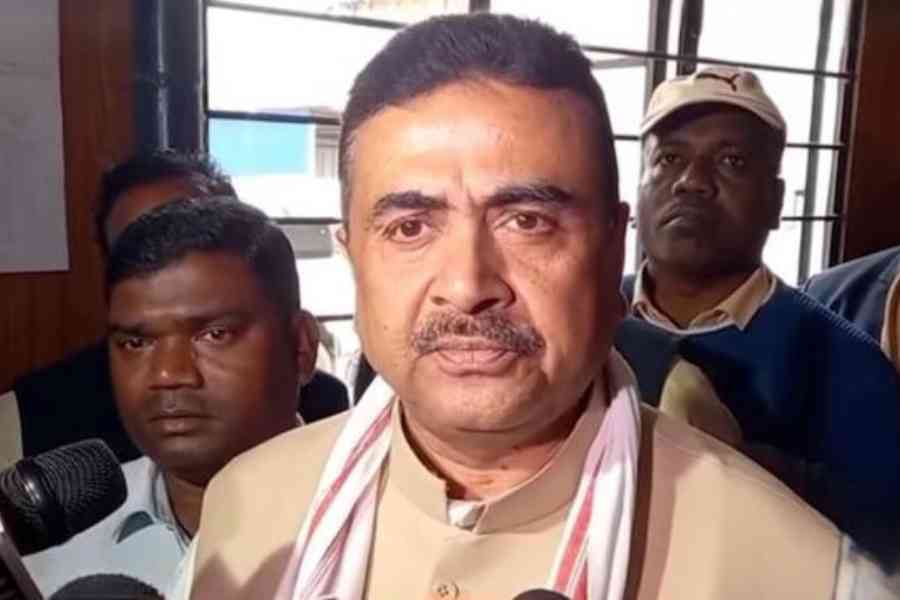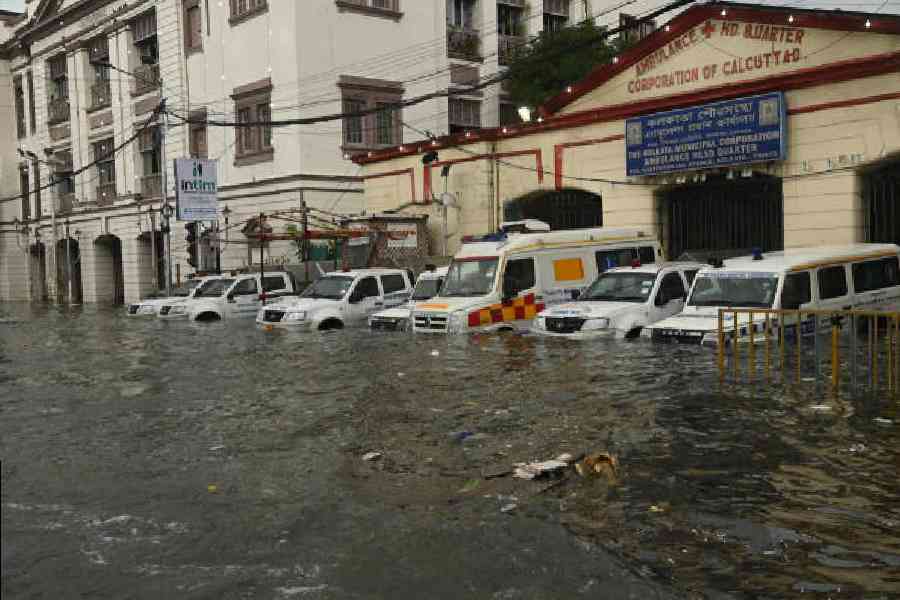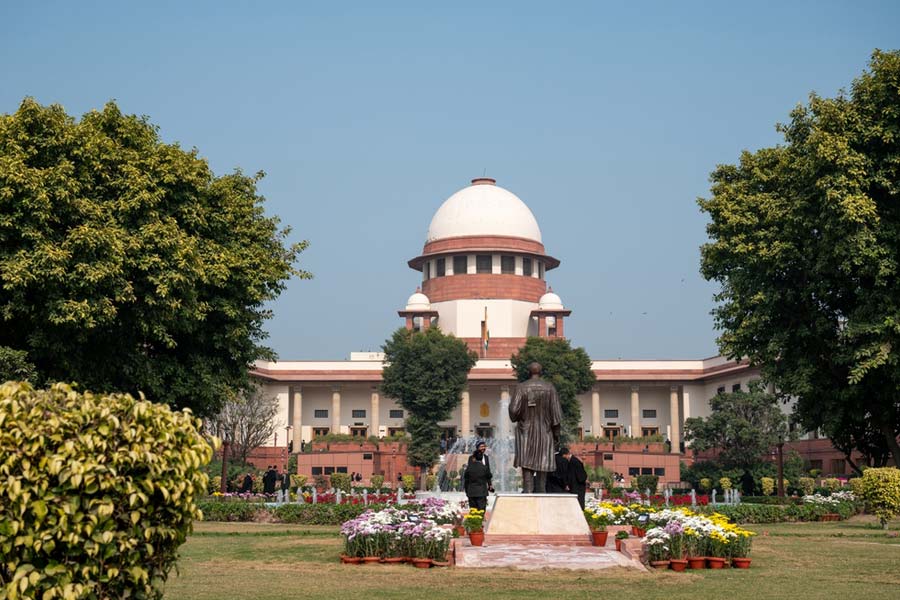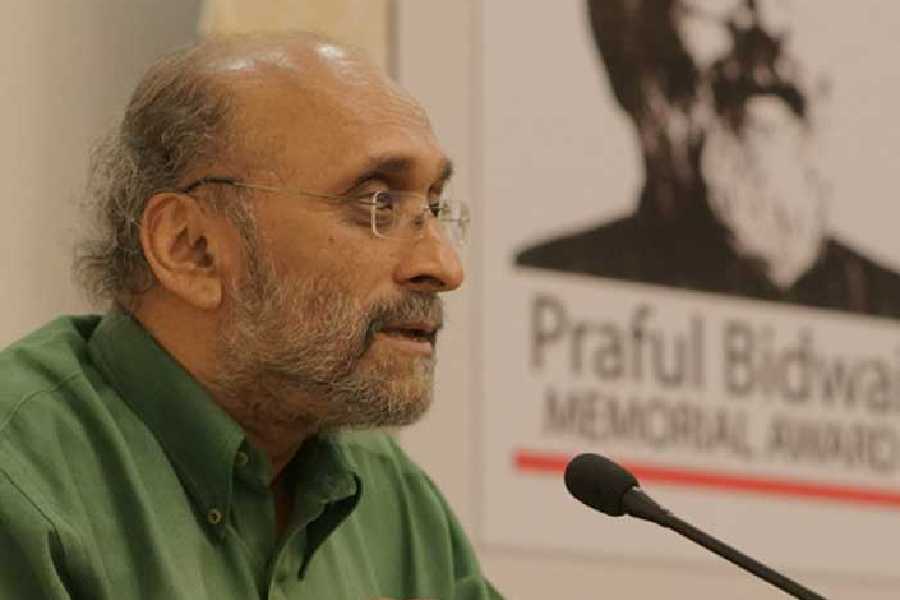
Barpeta/Nagaon, March 25: Ujanbarbori in Barpeta district and Palashani in Nagaon district, two villages 230km apart, are home to two martyrs - Khargeswar Talukdar and Anil Bora - of Assam.
Both these homes today resonate with similar tales of dashed hopes and aspirations. If Talukdar's family is unhappy with AASU, Bora's is annoyed with the state and central governments.
Their tales gain poignancy against the backdrop of AASU's pledge at their ongoing Dudhnoi convention to fulfil the dreams of the 855 martyrs, 30 years after the signing of the 1985 Assam Accord.
Radha Kanta Talukdar, a schoolmaster of Ujanbarbori village, wept while reminiscing about his younger brother Khargeswar Talukdar, the first martyr of the anti-foreigners agitation.
Khargeswar, 20, had died during police action during a road blockade at Bhawanipur on December 10, 1979.
"The anti-foreigners movement still continues. The Assam Accord did not help resolve the issue. It only opened up opportunities for some AASU leaders to turn into political leaders overnight. They dashed the hopes and aspirations of the Assamese people for personal gain," Radha Kanta said.
Khargeswar, he recalled, was a brave boy and had joined the movement led by the AASU and Gana Sangram Parishad. "My mother Sabitri Talukdar passed away last year due to cancer but she hoped the sacrifice of her son would not go in vain,"he said, adding that AASU and AGP leaders used to visit them when his mother was alive.
Radha Kanta's 27-year-old son Himan was equally bitter, criticising the role of the AASU and regional parties. "Assam Accord duped the Assamese people. Where are the constitutional, legislative and administrative safeguards for Assamese people against foreigners? The Accord is only on paper." However, at Palashani in Nagaon district, the stone statue of martyr Anil Bora in one corner of the sleepy village seems to reflect the relevance of AASU even today.
Just 5km from the Nagaon district headquarters lies Bora's birthplace. On October 7, 1972, Bora led a procession from Nagaon to Hojai in support of a bandh call by the student organisation. A clash between AASU activists and those opposed to it saw Bora beaten to death in Hojai.
Like Bora's family, most of the villagers in Palashani feel neither New Delhi nor Dispur has accorded due respect to the martyr even 43 years after his death. Bora was the assistant general secretary of the AASU's central executive and, like Khargeswar, he was only 20 when he died.
"We donated some land where the statue has been erected. Every year people arrange programmes in memory of the martyr. A statue was later erected at Nawgong College where he was the general secretary of the union body at that time. We have heard AASU plans to honour the memory of the martyrs. We hope they also remember those who died fighting for the cause of Assam before the anti-foreigners movement. We hope this will bring AASU closer to the people," said Bora's youngest brother Apurba.
For Palashani, AASU is still the strongest body of the state.
Sadananda Bora, a banker from Palashani, said the sacrifice of Bora resulted in the introduction of Assamese as a medium of instruction in higher education in 1974.
"We want to see the same government sincerity in tackling the demographic changes in the state. We are hopeful that the Dudhnoi session will see AASU emerge stronger," he said.










